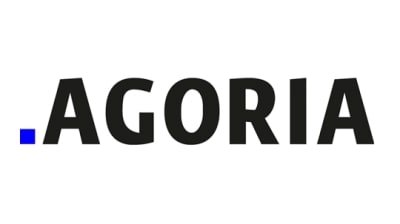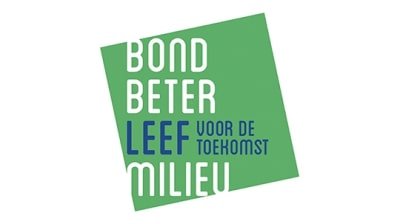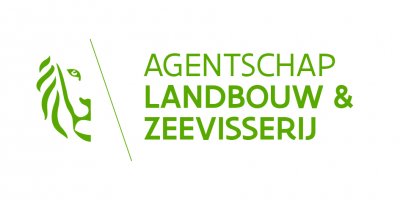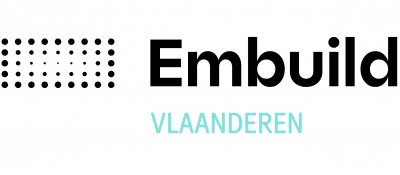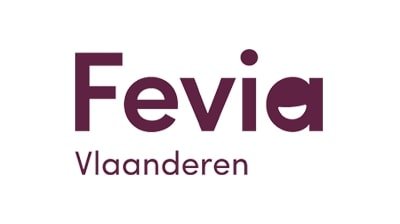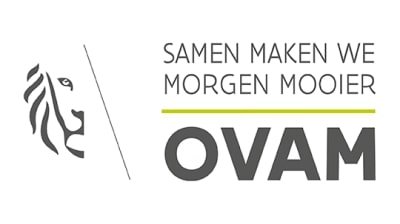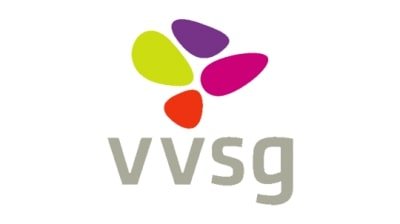Topics
We organise our actions in six thematic & strategic agendas:
Strategic Agendas:
Bio-economy
Circular Construction
Chemicals/Plastics
Manufacturing Industry
Food Chain
Water Cycles
Seven leverages provide additional support:
Leverage effects:
Lever Policy Instruments
Lever Circular Procurement
Lever Communication
Lever Innovation & Entrepreneurship
Lever Financing
Lever Jobs & Skills
Lever Research
What, why and how?
Why are we pursuing a circular economy?
Future visions 2050
How do we see our circular future?
About our management
Who steers what at Flanders Circular?
Circular Municipality for the Future
Higher spatial returns and lower consumption of raw materials
Population forecasts indicate that the population in Flanders will continue to grow significantly in the coming years: by 2050, we will need no less than half a million extra housing units, extra space for crèches, shops, offices, and so on. At the same time, there is a growing awareness that buildings also have an enormous environmental impact: their construction, daily use and renovation require a lot of materials, water and energy. And they produce large flows of waste.
A more economical use of our open space and the reuse of empty buildings will become a priority and a challenge.
Various inventories of vacant buildings show that there is a huge potential for spatial reuse. More than 75,000 homes, 15,000 industrial buildings and 11,000 commercial premises are vacant for long periods and there are 5,000 hectares of brownfield sites. The vacancy rate of monasteries and churches is also increasing. With creative interventions, we can find enough space in our town and village centres to deal sustainably with population and economic growth.
With the project 'Circular Municipality for the Future', Bond Beter Leefmilieu (BBL) and the Vereniging voor Ruimte en Planning (VRP) want to make this challenge concrete. We believe that, with the necessary creative interventions in our town and village centres, we can find enough space to accommodate population growth and economic growth in a sustainable manner.
We made a selection of some practical cases of vacancy (a military domain, a school and a shop) and, through workshops with the local authorities, stakeholders and experts, investigated the possible opportunities for closing cycles, preparing buildings for a circular future, and putting the circular economy into practice.
The inspiration book 'Scenario circular' collects all our findings and learning lessons from this search. Anyone can request the book free of charge or download it from the website.
Bond Beter Leefmilieu Vlaanderen
Partners Vlaamse Vereniging voor Ruimte en Planning
Sectors
Themes
Organisations
Website
MOST IMPORTANT
RESULTS
- Although much is already happening around circular material flows and in the discussion demolition versus new construction, there is little expertise on circularity in spatial planning. Our workshops were an eye-opener for many local administrators about the importance of circular spatial planning.
- The workshops increased public support for the circular use of vacant buildings. Neighbours and local stakeholders were introduced to the concept and were able to think constructively about the redevelopment of the buildings, which generated a lot of enthusiasm.
- With this project, we are also focusing on dissemination. Our lessons learned from the practical cases were collected in the inspirational book 'Scenario Circular'. It was presented during the closing conference 'Operation Circulation' in Leuven and can be requested or downloaded free of charge.
MOST IMPORTANT
LESSONS LEARNED
- Initially, we wanted to draw inspiration from model projects of circular urbanism at home and abroad. However, there are hardly any such projects, nor is there a policy practice on circular urbanism. We are doing pioneering work. So it is still too early to write ready-made recipes for circularity in spatial plans, as we had planned.
- Urban development projects and spatial plans usually depart from fixed destinations (housing, businesses, nature...). A circular interpretation and the closing of cycles, however, require a different way of working, in which functions can be mixed more often.
- Circular urban development is difficult to reconcile with classic tendering procedures that start from a fixed programme that already determines everything in detail. A circular project needs a more flexible programme, which can adapt to the possibility of closing cycles, for example.
- Circular reallocations require a different process management from the local authorities. How do they fulfil their governing role and bring stakeholders together in order to realise their ambitions? Making the built environment circular also often requires a large initial investment, which is not obvious with a tight city budget.
WHAT DOES
THE FUTURE HOLD?
Three circular scenarios in Flanders
Small - Vacant retail space, Deinze
This case concerns a vacant ground floor shop of approximately 800 m2 , which is a large area for the core shopping area of Deinze. It concerns a concrete cascade space that needs to be further decorated. The building has been empty for eight years. This vacant commercial property is exemplary for many medium-sized municipalities in Flanders.
During the workshops, the central question was whether and how a circular infill of the commercial property can be profitable in this small-town context.
After the workshops, the City of Deinze decided to purchase the property itself, with a Flemish subsidy. HUP/HUB, a meeting place for starting entrepreneurs, will first be launched in the commercial premises, before temporarily housing the city library. In this way, a circular interpretation takes shape step by step.
Medium - Semi-empty school, Genk
The Regina Mundi school site is 2 hectares in size and centrally located, within walking distance of the station and the city centre. Today the site is partly empty, because the secondary school moved in 2018 to a new school campus at another location in Genk. The Mater Dei primary school is still on the site, but also has plans to move to the buildings behind it.
A master plan was already drawn up in 2011, with a mixed programme for housing and all kinds of public functions. This case has great potential for the reuse of the buildings, building components or materials.
In January 2021, a declaration of intent for the redevelopment was signed between the city council and the school community. Hopefully our circular proposals will be included in the development.
Large - Empty military domain, Sijsele
As a result of the restructuring of the army, many military domains have become vacant in recent years. This was also the case for Kwartier 51 in Sijsele, a site of more than 18 ha. There is a lot of construction present: various sheds, workshops, troop blocks, a sports hall and even a petrol station.
In 2018, a spatial implementation plan for the barracks was approved, in which the land was designated as a reconversion zone. This allows for flexible infill. The former barracks will become a 'district of the future', with space for living, working and recreation. The large sheds on the site offer the opportunity to combine business activities, so that they can use each other's waste, materials, energy or water.
In the meantime, a sales agreement has been concluded and the district of the future can get started.

